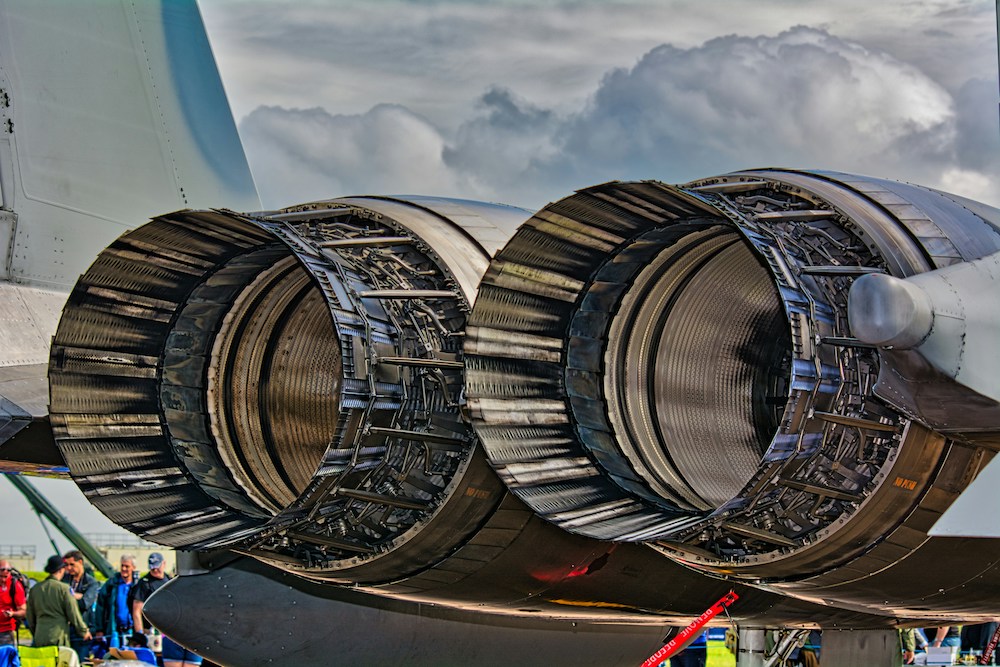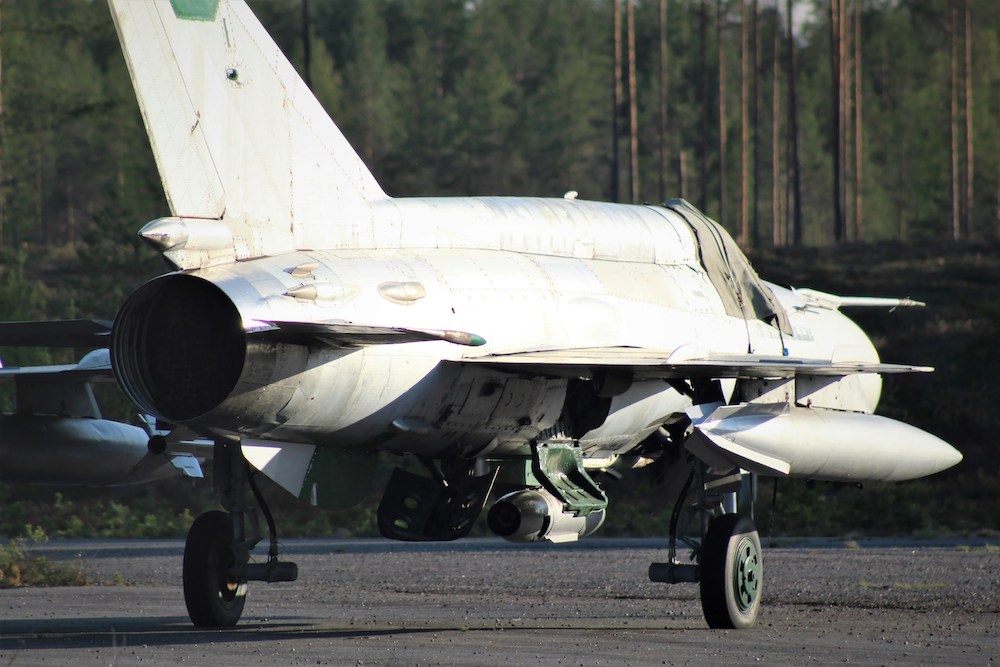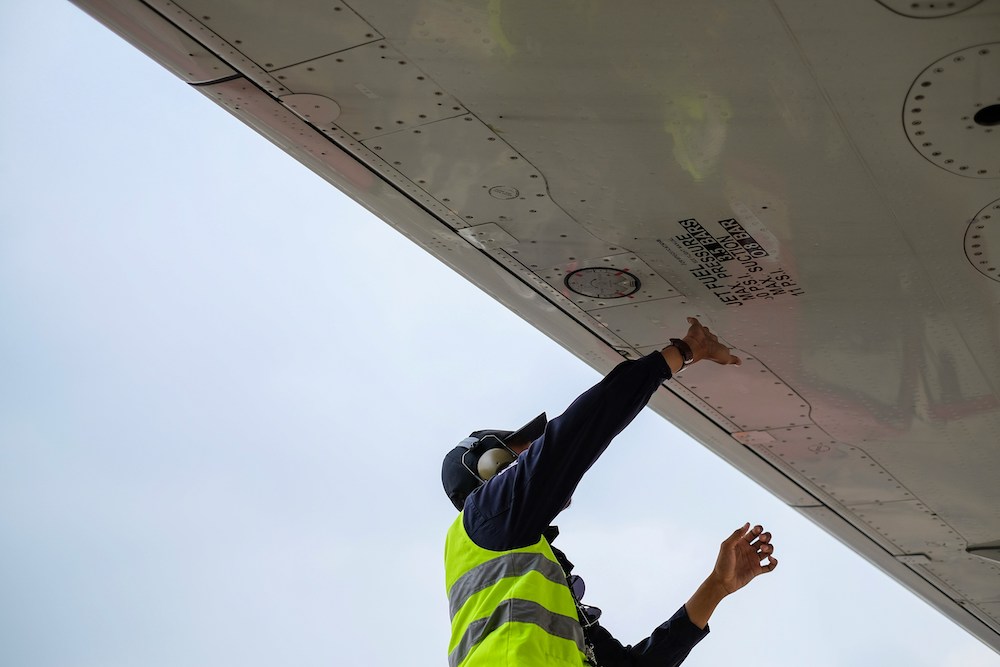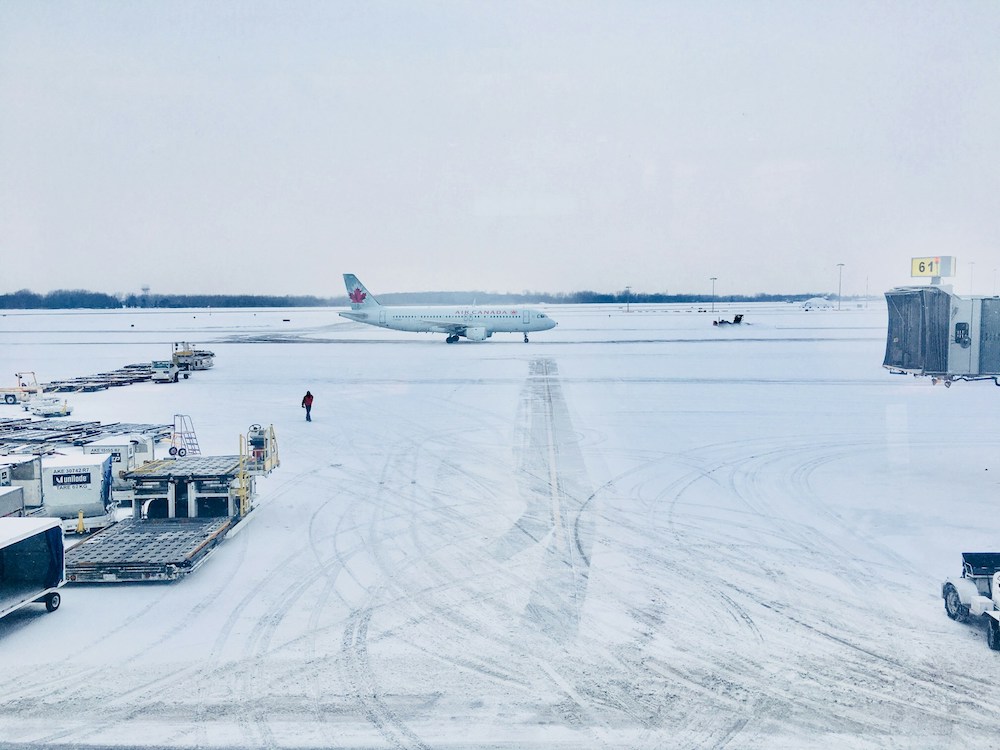
Most commercial aircraft are powered by jet engines due to their superior design and reliability. However, like any other plane part, there is always the possibility of engine failure. These failures can be caused by many different factors, some of which include:
- Human errors
- Structural/mechanical failures
- Foreign object debris damage
- Fuel related events
- Engine fire
Although engine failures will never be completely avoidable, there are steps aircraft operators can take to reduce the risk of the above causes.
Human Error as a Cause of Plane Engine Failure
Humans are susceptible to fatigue, stress, failure to follow regulations and standard operating procedures, poor decision-making, inadequate training, etc., each of which could lead to errors. As aircraft have become more reliable over the past decades and structural/mechanical failures decreased significantly, human errors have taken the lead as the main cause of aircraft accidents.
Historical Event
On May 24, 2013, British Airways operated Airbus A319-131, G-EUOE. The fan cowl doors from both engines detached, puncturing a fuel pipe on the right engine, and damaging the airframe and some aircraft systems. The flight crew elected to return to the departure airport and on the approach to land an external fire developed on the right engine. The right engine was shut down and the aircraft landed safely, with no fatalities or injuries.
The investigation determined that a maintenance error had led to the fan cowl doors on both engines being left unlatched by the maintenance crew following scheduled overnight maintenance on the aircraft. The unlatched condition of the fan cowl doors was also not identified by the ground and flight crews prior to the aircraft’s departure the next morning.
Potential Solutions to Human Errors
Safety does not happen accidentally; it requires a level of thinking, planning, and acting. Strict adherence to regulations and standard operating procedures (SOPs), including always effectively running normal checklists, is an effective method to enhance the safety of maintenance, ground, and flight operations by preventing or mitigating crew errors and anticipating or managing operational threats.
Regular training and evaluations can also help aviation professionals stay sharp, develop better skills, and become more confident in their job responsibilities. It is important for personnel to practice emergency procedures regularly, so every individual is prepared and knows how to react in case of an emergency.
Structural/Mechanical Engine Failures
Despite improvements in design and manufacturing quality, equipment failures still account for a significant number of total engine failures. Even with extensive testing and superior certification requirements, manufacturers cannot predict every scenario that could cause an engine to fail. In addition, new technologies often introduce new hazards that lead to new causes of engine failures.
Historical Event
On April 17, 2018, Southwest Airlines Flight 1380, a Boeing 737-700, experienced an engine failure due to a low-cycle fatigue crack in the dovetail of fan blade number 13, which resulted in the fan blade separating inflight and impacting the engine fan case. This impact led to the in-flight separation of several fan cowl components, which struck the fuselage and wing. One of the loose components struck the area near a cabin window, resulting in the rapid depressurization of the cabin and a passenger fatality, as well as several injuries.
Potential Solutions to Structural/Mechanical Engine Failures
Maintenance is a fundamental part of ensuring an aircraft is safe for operation. Poor maintenance planning can keep aircraft grounded, passengers unhappy, and aircraft operators losing revenue. Therefore, to increase operational reliability, improve cost-saving measures, and maintain adequate safety margins, aircraft operators must implement adequate maintenance programs for their operations.
Reliability-centered maintenance (RCM) allows aircraft operators to use different maintenance strategies, such as hard-time maintenance, the run-to-failure strategy, condition monitoring, and/or predictive maintenance, depending on the nature of the equipment and the nature of the equipment failures. RCM is the cornerstone of modern maintenance techniques that make aircraft reliable and cheaper to maintain.
Foreign Object Debris Damage as a Cause of Plane Engine Failure
Foreign object debris (FOD) damage to the engines could happen in any phase of operations, including in the airport’s air operations area (i.e., ramps, taxiways, runways) through the in-flight phase of operations (i.e., takeoff, approach). FOD can be generated from:
- Personnel
- Airport infrastructure (i.e., pavements, lights)
- Environment (i.e., wildlife, snow, ice)
- Equipment operating at the airport (i.e., aircraft, maintenance equipment)
As a result, FOD ingestion and/or impact is a continuous threat to engine reliability.
Historical Events
On January 15, 2009, US Airways Flight 1549, an Airbus 320, became one of the most famous aircraft accidents of all time. The aircraft miraculously landed on the Hudson River after hitting a flock of birds on takeoff. The damage from the wildlife caused the loss of both engines; however, all 150 passengers and five crew members survived.
Potential Solutions to Foreign Object and Wildlife Damage
FOD damage prevention begins at the manufacturer level through engine ingestion certification testing and continues through every level of operations. Regulators, airports, aircraft operators, and the general aviation community must take the necessary steps to minimize FOD through:
- Engagement in successful FOD management programs (i.e., prevention, detection, removal, and evaluation)
- Effective use of FOD detection and removal processes and equipment (i.e., daily daylight inspections of aircraft operating areas, advanced FOD detection technologies)
Fuel-Related Events
The leading causes of engine failures due to fuel include:
- Fuel mismanagement (i.e., exhaustion, starvation)
- Presence of contaminants (i.e., water, debris)
Fuel management accidents often result from inadequate fuel inspections, poor planning, and insufficient fuel reserves.
Historical Event
On July 12, 2000, Hapag-Lloyd Flight 3378, an Airbus A310-304, left the landing gear fully extended, as a precaution, due to a malfunction that prevented its proper retraction after takeoff. In an attempt to divert, the plane eventually ran out of fuel, resulting in engine failure and a crash landing just short of the runway of the intended landing. No fatalities were reported.
Potential Solutions to Fuel-Related Events
Comprehensive preflight fuel planning is essential in preventing engine failures due to fuel exhaustion and starvation. To make preflight fuel planning effective, properly trained personnel must:
- Understand regulations, company policies, and aircraft limitations
- Have timely access to all required flight information (i.e., weather, payload, maintenance status, crew limitations, and delay information)
Appropriate fuel contamination checks must also be implemented to ensure the fuel used for flight is free and clear of contaminants and water.
Engine Fire Events as a Cause of Plane Engine Failure
Technically speaking, the engine is always on fire, as the burning of fuel in the combustion chamber is indeed a controlled fire. However, if a flammable substance such as fuel, oil, or hydraulic fluid encounters hot engine parts outside the combustion chamber, then they can ignite.
Nevertheless, a fire in the air is one of the most hazardous situations that a flight crew can be faced with, as a fire can lead to the catastrophic loss of the aircraft within a very short period of time.
Historical Event
On February 20, 2021, United Airlines Flight 328, a Boeing 777-222, suffered a contained engine failure after takeoff, which resulted in an in-flight engine fire, extensive damage to the engine nacelle, and minor damage to the fuselage. The crew secured the failed engine, and the aircraft returned to the departure airport, landing without further incident. There were no reported injuries to people onboard or on the ground.
The fire damage was due to the failure of K flanges after the blade failure. Failure of the flanges allowed hot ignition gases to spread and damage components that carried flammable fluids. The fire then propagated to under cowl and thrust reverser areas where the fire could not be extinguished.
Potential Solutions to Engine Fire Events
To ensure a positive outcome of an engine fire:
- Engines must have adequate fire detection and extinguishing systems
- Non-normal procedures must be developed to handle such an emergency
- Flight crews must be trained to effectively manage the situation
Normally, every jet engine has a fire detection system that detects excessive heat in areas of the engine outside of the combustion chamber. If this system is activated, a fire warning sounds in the flight deck, along with other indications. In addition, an engine fire requires shutting down the engine and cutting off the fuel and electrical supply to it. Following this, an extinguishant is fired into the engine.
Manufacturers and aircraft operators develop non-normal procedures to allow flight crews to operate the system correctly in case of an engine fire. Flight crews are further extensively trained in handling engine shutdowns due to fire to ensure a safe outcome of the flight.
Important Notes About Plane Engine Failure
Although the idea of losing an engine in flight may be terrifying, the likelihood of it actually happening is quite low. In fact, many pilots spend their entire careers without experiencing an actual engine failure; even though they spend plenty of time training and preparing for one.
Engines are subject to great scrutiny before entering into service on the aircraft and then once in service, they are continuously monitored to ensure efficiency. In addition, aircraft operators have standard operating procedures in place to reduce engine wear and tear and extend engine life.
However, even with all the precautions in place, engine failures still occur. This is why non-normal operating procedures are also developed and pilots are regularly trained and evaluated to ensure their proficiency in dealing with such failures.
By Katarzyna Szwed-Carlson
Kasia Szwed-Carlson is an expert in the aviation industry with 15 years of experience working in flight operations management and training leadership roles.



